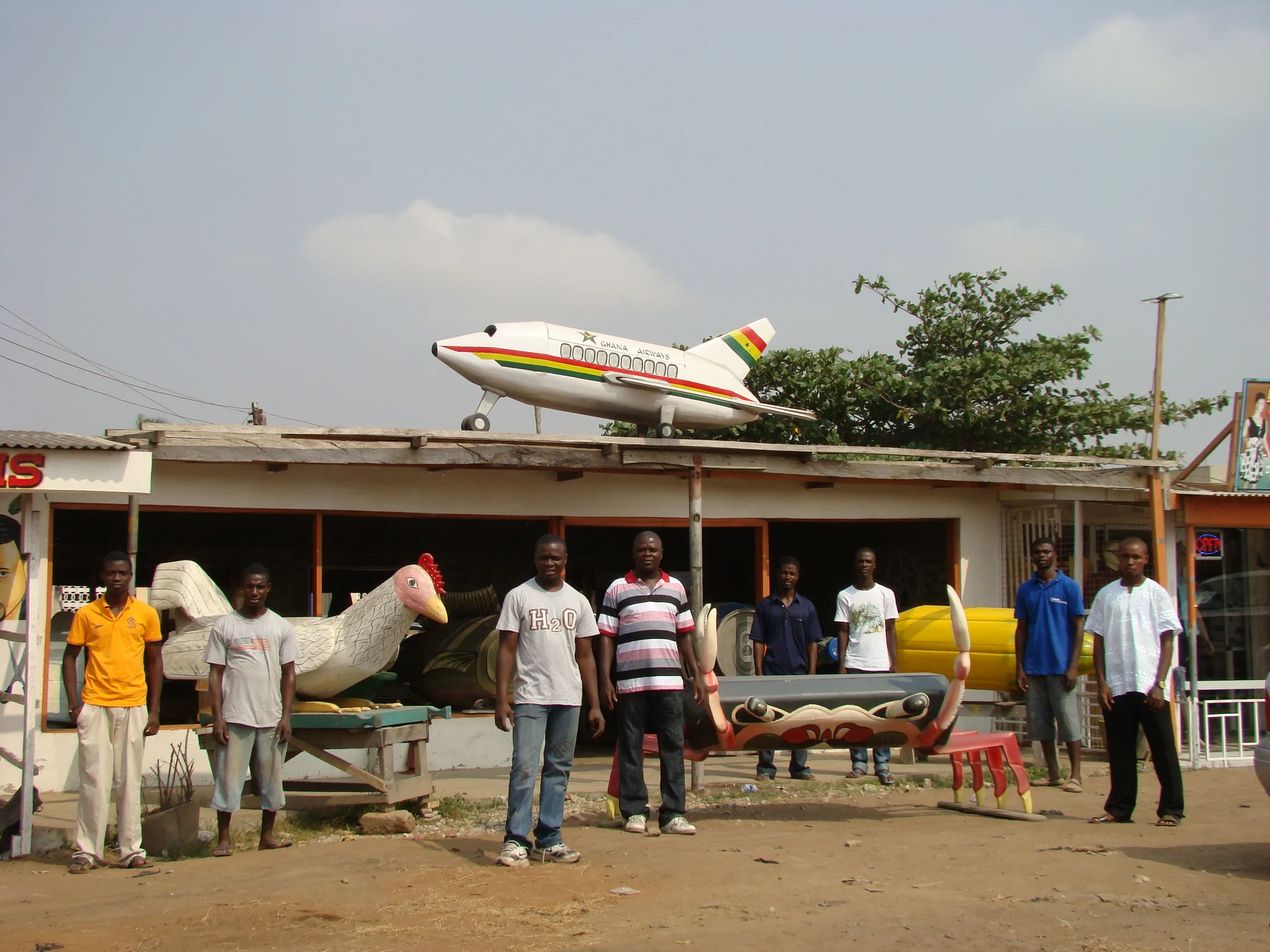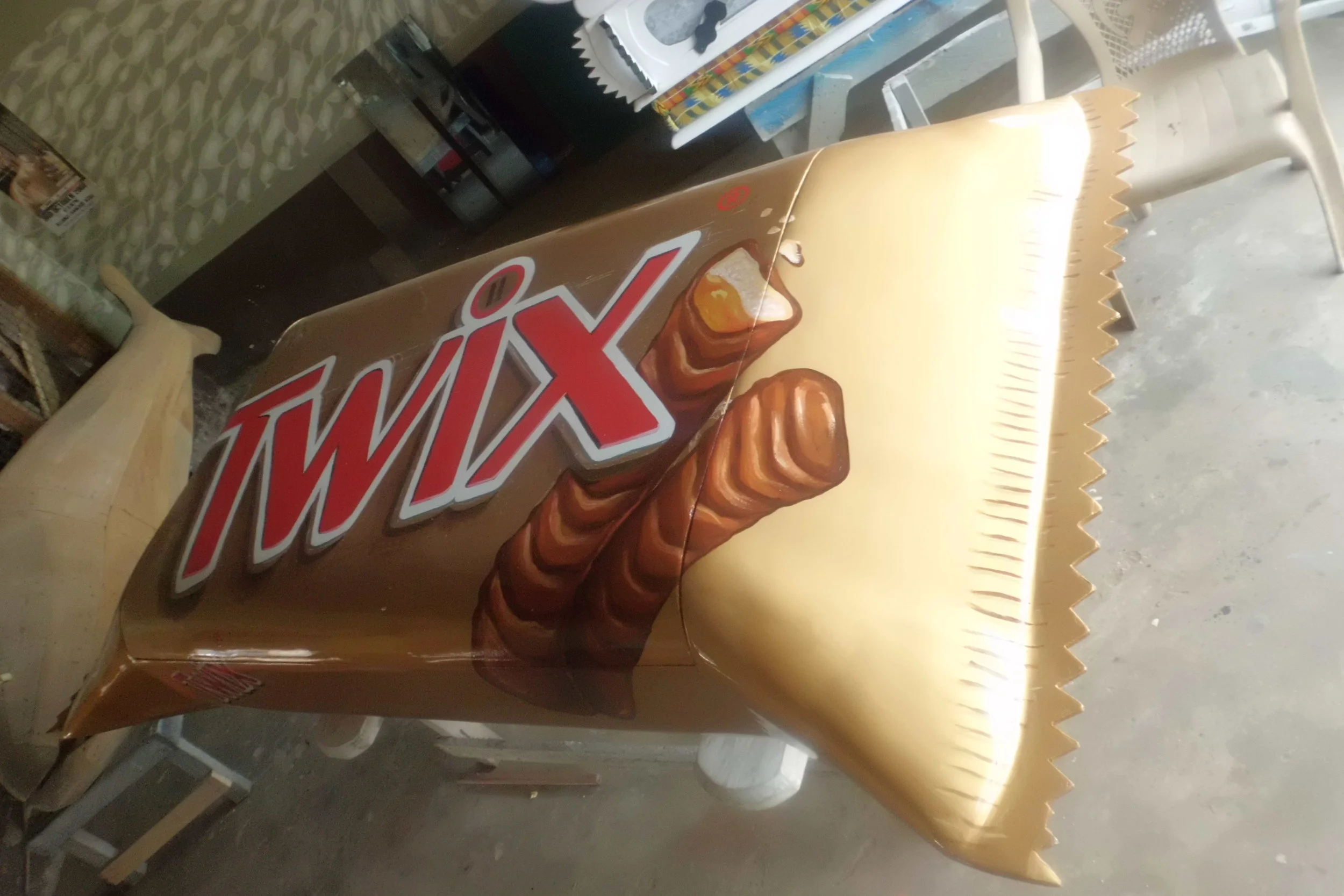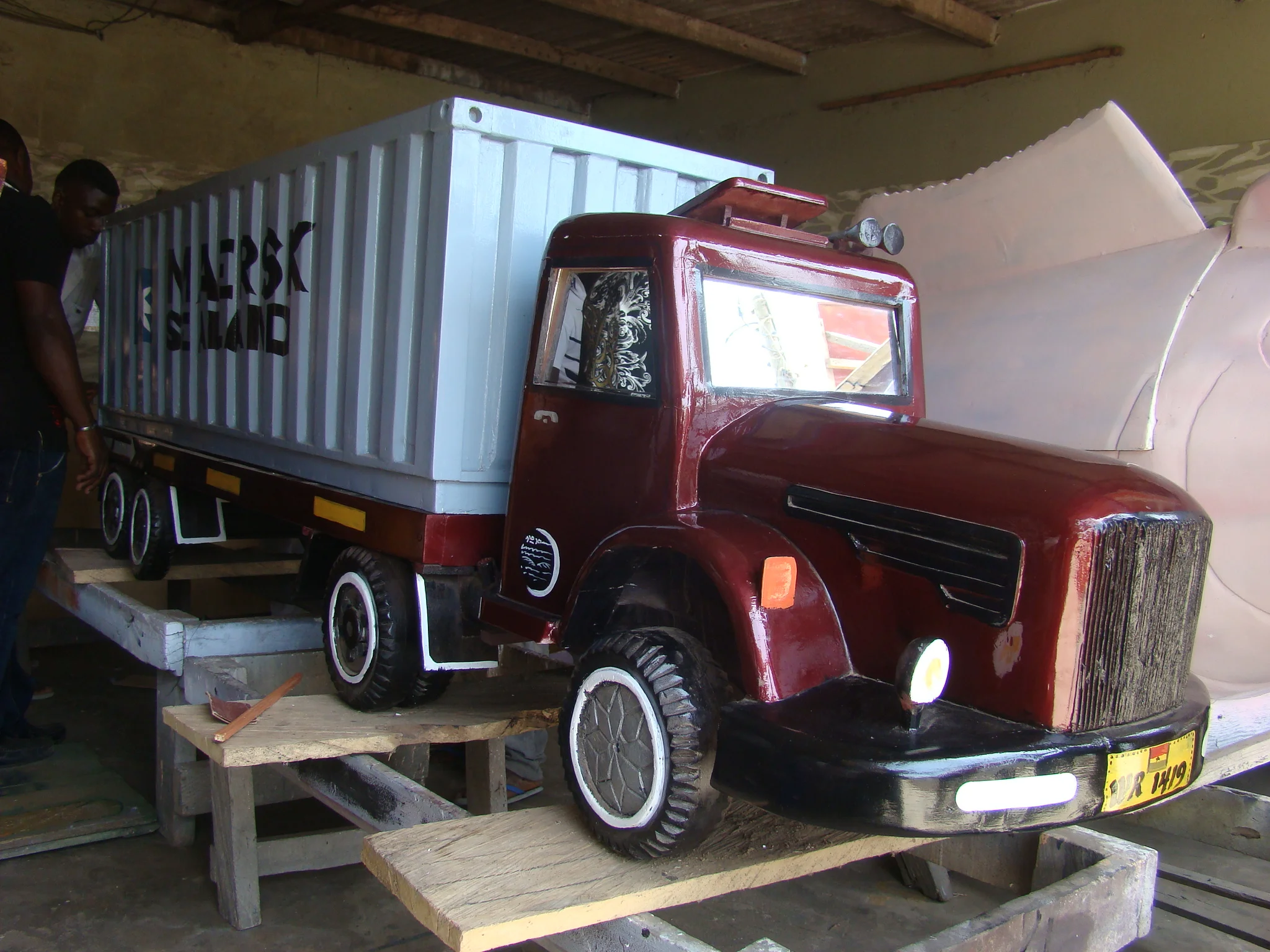the birthplace of a tradition
The story of the fantasy coffin begins in 1950s colonial Ghana.
In Ghana, chiefs are often transported via palaquins (also known as sedan chairs) during traditional festivals. In the 1950s, Seth Kane Kwei, a young carpenter, made a palaquin in the shape of a cocoa pod for one such chief. Unfortunately, the chief died unexpectedly before the festival, so he was buried in the palanquin instead. At his funeral, the unique coffin drew many admirers.
Not long after, Kane Kwei's grandmother died. Growing up in Teshie, a coastal suburb near Accra's airport, she had always been mystified by the planes flying overhead. However, she never got the chance to take a flight. Remembering the enthusiasm of the crowds at the chief's funeral a few months earlier, Kane Kwei decided to commemorate her death by giving her something she had not been able to accomplish in life. He buried her in a coffin shaped like an airplane, so she could fly into the afterlife.
Within a few weeks, local people began to request unique coffins.
fisherman asked for a boat; a farmer, for an onion.
The coffins, also popularly known as abebuu adekai or "proverb boxes," quickly became one of Ghana's most unique traditions.
Today, there are almost 10 workshops specializing in such coffins; however, none compare to
Kane Kwei Carpentry Workshop, the home of the tradition.
Today, the workshop is owned by the descendants of Seth Kane Kwei and managed by his grandson, Eric Adjetey Anang, artist and master coffin maker.


